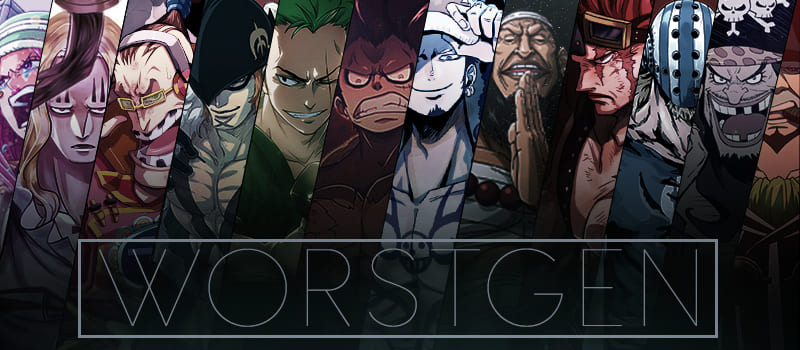This same concept was later adapted into
jōruri and kabuki, where the plays are often arranged into five acts with
jo-ha-kyū in mind.
Takemoto Gidayū, the great
jōruri chanter, was the first to describe the patterns or logic behind the five acts, which parallel as well the five categories of Noh which would be performed across a day.
[3]
He described the first act as "Love"; the play opens auspiciously, using gentle themes and pleasant music to draw in the attention of the audience. The second act is described as "Warriors and Battles" (shura). Though it need not contain actual battle, it is generally typified by heightened tempo and intensity of plot. The third act, the climax of the entire play, is typified by pathos and tragedy. The plot achieves its dramatic climax. Takemoto describes the fourth act as a michiyuki (journey), which eases out of the intense drama of the climactic act, and often consists primarily of song and dance rather than dialogue and plot. The fifth act, then, is a rapid conclusion. All loose ends are tied up, and the play returns to an auspicious setting.[3]
